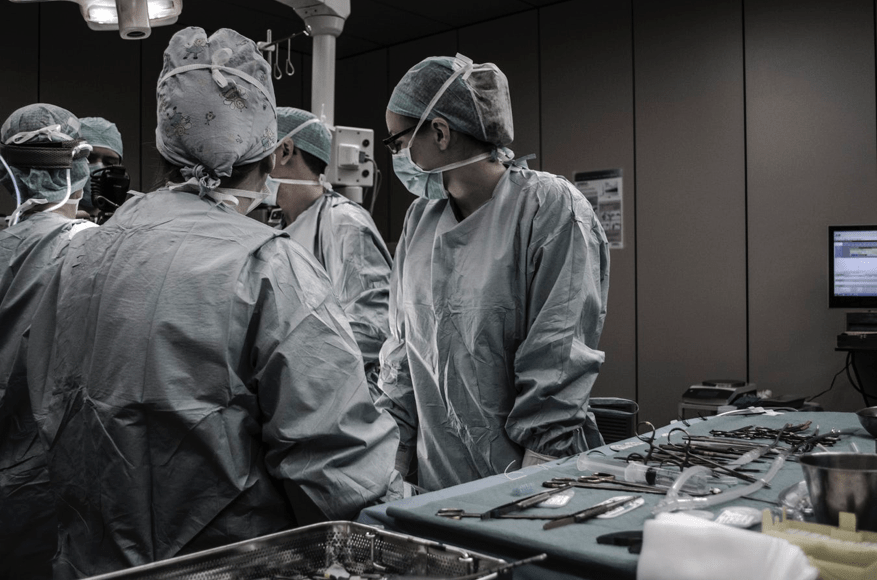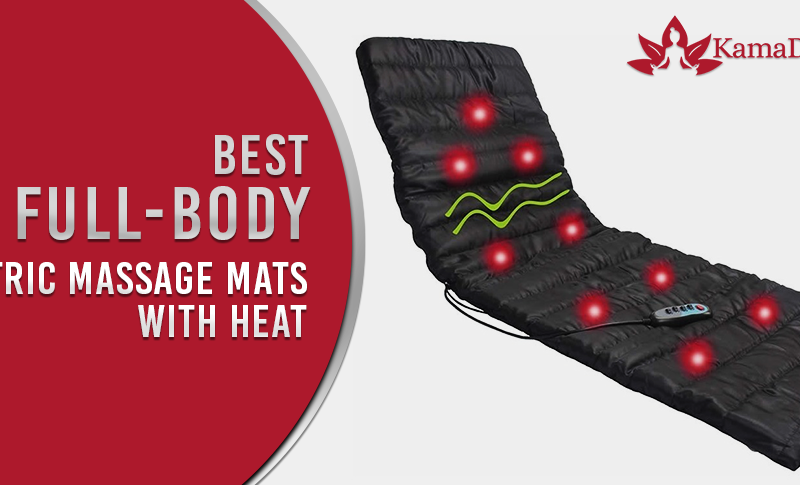Imagine a day where invasive surgery isn’t needed to repair your herniated disc. Imagine a day when a simple medical routine can actually re-grow your damaged discs — a technique that allows you to avoid the dreadful spinal fusion.
Over 1.2 million Americans are forced to turn to spinal surgery every year. Out of those numbers, nearly 300,000 patients who received a form of back surgery involve spinal fusion — where vertebras are forcefully linked together, normally by metal rods or screws — allowing the bones to remain in their proper location. The concept of fusion is similar to that of the welding industry. For some, surgery is the only source of back and spine pain relief.
Professor at Harvard Medical School, Dr. Augustus White advises us, “The easiest way to understand a herniated disc is to think of a jelly doughnut. The ‘jelly’ gets squeezed out, it presses on nerves, which can mean excruciating pain. Barring serious illness, the first line of treatment may not be what the patient wants to hear.”
For those who have exacerbated all treatment options, a form of herniated disc surgery may be the only resource to fix your herniated disc diagnosis and pain-related symptoms.
Ironically enough, 90 percent of disc injuries heal on their own after several weeks, with the help of physical therapy among other treatment options. Waiting can be the hardest part. There is still the 10 percent of cases that do not get better. Where does that leave these patients?
Enter, Surgery
Founder of the Texas Spine and Joint Hospital in Tyler, Texas, Dr. Kevin Pauza shares, “I spent decades treating patients who’ve had surgery, the surgery was fusions. Patients would do well for a year or two, and they’d always come to me and need more help.”
Pauza reports that more times than not, “Fusion was usually the wrong answer.”
“The spine’s made to be a structure that bends with every movement we make, and if we immobilize a segment of the spine, the adjacent segment breaks down,” Pauza adds. “This is known as the domino effect.”
Pauza says that the human body actually has the power to heal its own cuts, which motivated him to begin with fibrin treatments. He’s already done the work and now patients can gain the fruit of his labor.
“I realized what heals a cut is something that’s very simple,” Pauza affirms. “It’s two products that are in you and I, they’re in everybody.”
When you get injured, your body produces fibrin on its own as part of the healing process. Fibrin Disc Sealant Treatment amplifies this evolution — under sterile settings — it draws a tiny sample of your blood, separate from the fibrin, driving it directly to the hurting region of your back and spine.
For a cut to properly heal, two factors need to join creating a compound called fibrin — thrombin and fibrinogen found in our blood plasma. In concentrated form, the two components are injected into your disc through a ‘squirt gun’ – a tool that Pauza invented and like epoxy glue, they combine and turn into fibrin.
The Technique
Once inserted into the damaged disc, the compound acts like an adhesive, lining any cracks, and ultimately permitting your damaged discs to re-grow.
Pauza further explains, “It allows our degenerated disc to turn into a young, healthy, normal disc. You need to make sure the patient doesn’t have [a] tumor or infection. But once you rule those out, you can be confident that you’re not going to harm the patient by saying, ‘OK, give yourself four to six weeks.'”
More than a thousand patients in Pauza’s private practice reported that this treatment was a success. “We started treating the first patients approximately five or six years ago, and the success rate is approximately 86 percent,” he urges.
The Future
This procedure may be the future of back treatment; Pauza’s fibrin treatment gives suffering patients hope for a pain-free life.
However, a variety of methods for obtaining the tools needed for this surgery including fibrinogen and thrombin (a clotting promoter that can control minor bleeding during surgery) require the FDA’s approval. The most frequently employed alternatives to the FDA approved commercial products at present involve plasma fractionation devices (a comprehensive process involving separating components of your blood plasma).
If you wish to wait for FDA approval’s on the original Fibrin treatment, phase III of clinical trials are currently in process at 20 sites nationwide. And, Pauza expects it to be widely available within five years.
“It’s the first time in history that we’ve been able to cause new tissue to grow within the spine,” he concludes. ”This procedure is the procedure that the world has been waiting for.”
If you are among the 57 percent over the age of 60 or the 20 percent under age of 60 who have at least one bulging disc, this may be great news for you. Consult with your medical team right away to find out if you qualify for this fibrin treatment.
This was a guest post by Macey Bernstein.
Macey Bernstein is a content specialist with a passion for crafting useful and actionable content that improves the lives of her audience. She is a dedicated reporter with a nose for news and a love for community. Macey is a graduate of the West Virginia University School of Journalism with a bachelor’s degree in journalism and public relations.
Anne Keiley
Latest posts by Anne Keiley (see all)
- 9 Best Inversion Tables for Back Pain (2022 Reviews) - April 19, 2024
- 10 Best Massage Chairs for Back Pain (2024 Reviews) - April 19, 2024
- 8 Best Ergonomic Footrests for Home & Office (2024) - April 17, 2024






Thank you for writing an article about Dr Pauza. We are business partners and I am going to post your article. I stumbled on it. Its great! Thank you!
Carrie Wright
Good article. Regenerative orthopedic physicians such as myself have been injecting discs for quite some time, and we all appreciate other regenerative physicians work such as Dr Lutz and Dr Pauza’s.
I was left with the only option of spinal fusion of the L5 S1. I had a herniated disc. Both my primary and chiropractor agreed with the Neurological Spinal Surgeon. In September of 2012 I had the fusion. The awful Sciatica diminished but now I have horrific pain episodes that absolutely freezes me in place, unable to move. Through an MRI in 2017, a new spine surgeon found that the fusion did not take!!! I was told another fusion needed to be done on SI 2and 3 because my spine took a left turn at the original fusion site. I also suffer from Degenerative Disc Disease at several levels in my spine. I read about Dr. Pauza all the time. I am overjoyed at what he is doing for sufferers in the same condition. I fear that I am so past time of being helped.
Great advance in treating back pain. The method has minor if no side effects. The problem with stem cells treatment is the lack of knowledge of side effects. The side effects from stem cells have not been published or researched significantly.